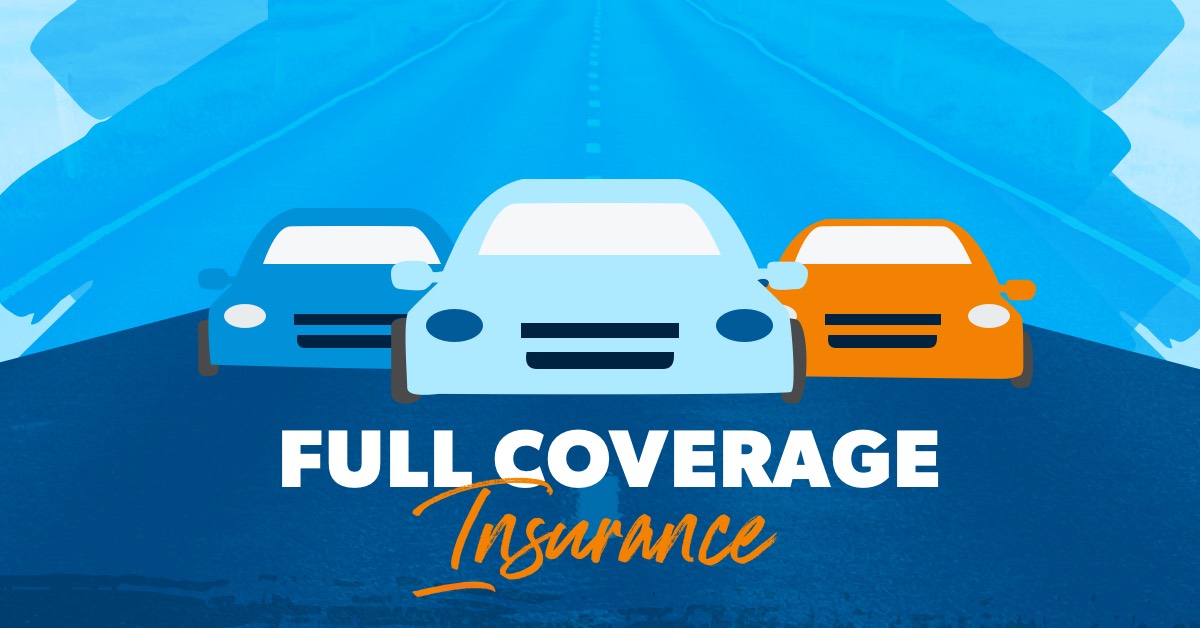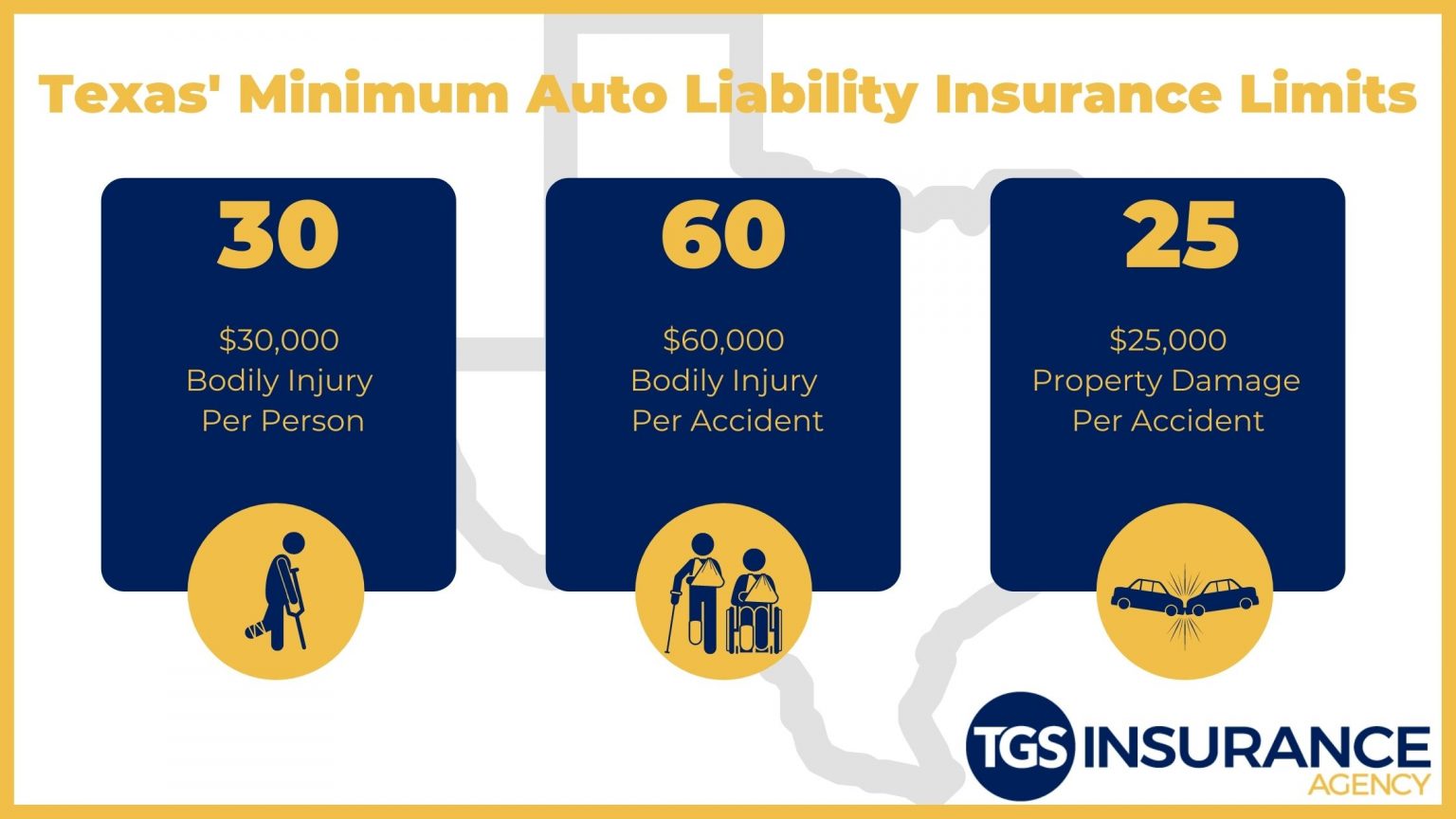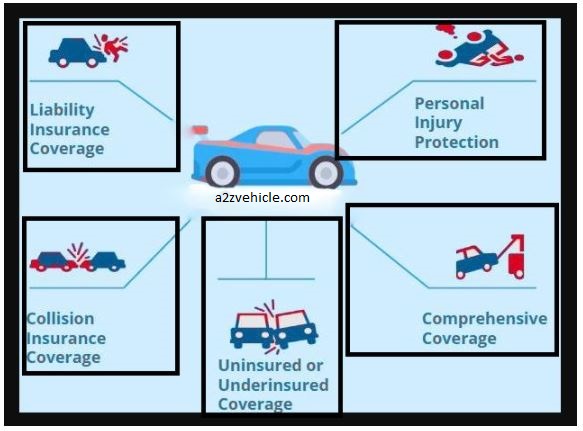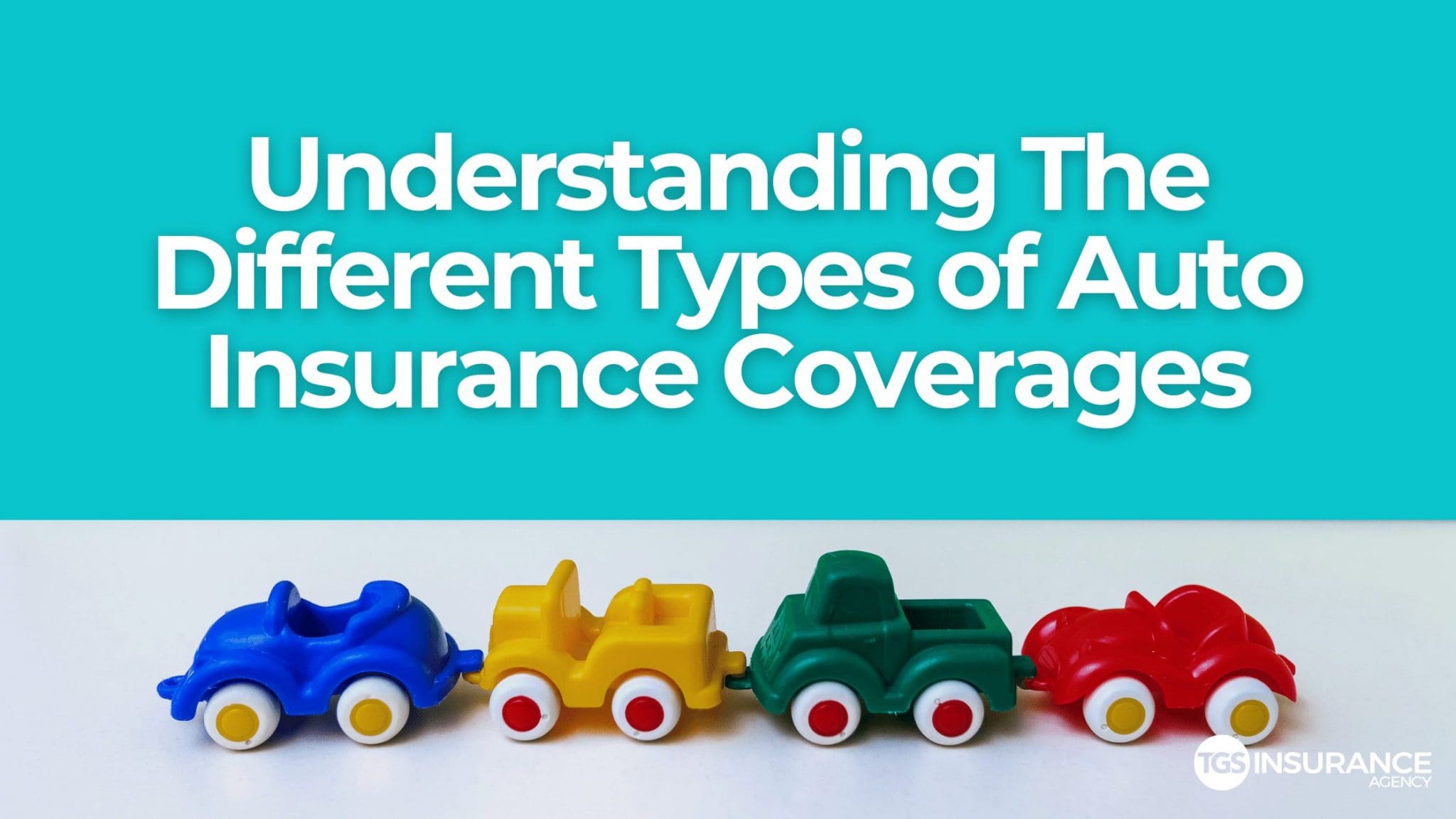Understanding the Basics of Full Coverage Auto Insurance
Full coverage auto insurance is a type of insurance policy that provides comprehensive protection for drivers in the event of an accident or other unforeseen circumstances. It is designed to offer financial protection against a wide range of risks, including liability, collision, and comprehensive damages. When searching for answers to the question “what is full coverage auto insurance,” it’s essential to understand the different components that make up a full coverage policy.
A full coverage auto insurance policy typically includes three primary types of coverage: liability, collision, and comprehensive. Liability coverage is mandatory in most states and provides financial protection in the event of an accident, covering damages to other vehicles, property, and medical expenses for injured parties. Collision coverage, on the other hand, covers damages to the insured vehicle, regardless of who is at fault. Comprehensive coverage protects against non-collision risks, such as theft, vandalism, fire, and natural disasters.
Full coverage auto insurance policies also often include additional features, such as uninsured/underinsured motorist coverage, personal injury protection (PIP), and roadside assistance. These features can provide extra protection and peace of mind for drivers, but may also increase the overall cost of the policy.
When considering a full coverage auto insurance policy, it’s crucial to understand the benefits and drawbacks of each component. By doing so, drivers can make informed decisions about their coverage needs and budget. Whether you’re a new driver or an experienced motorist, having a comprehensive understanding of full coverage auto insurance can help you navigate the complex world of insurance and make the best choices for your situation.
In summary, full coverage auto insurance is a type of policy that provides comprehensive protection for drivers, including liability, collision, and comprehensive coverage. By understanding the different components of a full coverage policy, drivers can make informed decisions about their coverage needs and budget, ultimately finding the right policy to meet their unique situation.
How to Choose the Right Full Coverage Auto Insurance Policy for Your Needs
When searching for a full coverage auto insurance policy, it’s essential to consider several factors to ensure you find the right coverage for your needs and budget. With so many options available, it can be overwhelming to navigate the complex world of insurance. However, by understanding what to look for, you can make an informed decision and find a policy that provides comprehensive protection on the road.
One of the first factors to consider is coverage limits. Coverage limits refer to the maximum amount of money the insurance company will pay out in the event of a claim. It’s crucial to choose coverage limits that align with your financial situation and the value of your vehicle. For example, if you have a newer vehicle, you may want to consider higher coverage limits to ensure you’re fully protected in the event of an accident.
Deductibles are another important factor to consider when choosing a full coverage auto insurance policy. A deductible is the amount of money you must pay out of pocket before the insurance company will pay out on a claim. Generally, higher deductibles result in lower premiums, but it’s essential to choose a deductible that you can afford to pay in the event of a claim.
Premium costs are also a significant factor to consider when choosing a full coverage auto insurance policy. Premiums can vary significantly depending on the insurance company, coverage limits, and deductibles. It’s essential to shop around and compare rates from different insurance companies to find the best policy for your budget.
Additionally, consider the insurance company’s reputation, financial stability, and customer service when choosing a full coverage auto insurance policy. Look for companies with high ratings from independent rating agencies, such as A.M. Best or Moody’s, and read reviews from other customers to get a sense of their level of satisfaction.
Finally, consider any additional features or discounts that may be available. Some insurance companies offer discounts for things like good grades, military service, or bundling policies. Others may offer additional features, such as roadside assistance or rental car coverage, that can provide extra peace of mind on the road.
By considering these factors and doing your research, you can find a full coverage auto insurance policy that meets your needs and budget. Remember to always read the fine print and ask questions before making a decision, and don’t be afraid to shop around to find the best policy for you.
The Importance of Liability Coverage in Full Coverage Auto Insurance
Liability coverage is a critical component of full coverage auto insurance, providing financial protection in the event of an accident. It is designed to cover damages to other vehicles, property, and medical expenses for injured parties. In the context of full coverage auto insurance, liability coverage is essential for protecting drivers from financial loss in the event of an accident.
There are two types of liability coverage: bodily injury liability and property damage liability. Bodily injury liability covers medical expenses, lost wages, and other related costs for injured parties, while property damage liability covers damages to other vehicles, buildings, and other property. Both types of liability coverage are essential for protecting drivers from financial loss in the event of an accident.
Liability coverage is mandatory in most states, and the minimum coverage limits vary by state. However, it is essential to consider higher coverage limits to ensure adequate protection in the event of a serious accident. For example, if you are involved in an accident that results in significant medical expenses or property damage, higher coverage limits can help ensure that you are not left with a large financial burden.
In addition to providing financial protection, liability coverage also helps to protect drivers from lawsuits. In the event of an accident, the other party may sue for damages, and liability coverage can help to cover the costs of a lawsuit. This can provide peace of mind for drivers, knowing that they are protected in the event of an accident.
It is also important to note that liability coverage only covers damages to other parties, not damages to the insured vehicle. For example, if you are involved in an accident and your vehicle is damaged, liability coverage will not cover the costs of repairs. Instead, you would need to file a claim under your collision coverage or comprehensive coverage, depending on the circumstances of the accident.
In summary, liability coverage is a critical component of full coverage auto insurance, providing financial protection in the event of an accident. It is essential to consider higher coverage limits and to understand the different types of liability coverage, including bodily injury liability and property damage liability. By doing so, drivers can ensure that they are adequately protected in the event of an accident.
Collision Coverage: What’s Included and What’s Not
Collision coverage is a crucial component of full coverage auto insurance, providing financial protection in the event of a collision with another vehicle or object. It is designed to cover damages to the insured vehicle, regardless of who is at fault. In this section, we will delve into the details of collision coverage, including what’s covered and what’s not.
Collision coverage typically covers damages to the insured vehicle, including repairs or replacement of damaged parts. This includes damages caused by collisions with other vehicles, objects, or even potholes. However, collision coverage does not cover damages to other vehicles or property, which are typically covered under liability coverage.
One of the key aspects of collision coverage is the deductible. A deductible is the amount of money the insured must pay out of pocket before the insurance company will pay out on a claim. For example, if the deductible is $500 and the damages to the vehicle are $2,000, the insurance company will pay out $1,500. The deductible can vary depending on the insurance company and the policy.
It’s also important to note that collision coverage may not cover certain types of damages, such as wear and tear, maintenance-related issues, or damages caused by natural disasters. Additionally, collision coverage may not cover damages to vehicles that are not registered or titled in the insured’s name.
In the context of full coverage auto insurance, collision coverage is an essential component that provides financial protection in the event of a collision. By understanding what’s covered and what’s not, drivers can make informed decisions about their coverage needs and budget.
When selecting a collision coverage policy, it’s essential to consider the coverage limits, deductible, and premium costs. Drivers should also consider the insurance company’s reputation, financial stability, and customer service when making a decision.
In summary, collision coverage is a critical component of full coverage auto insurance that provides financial protection in the event of a collision. By understanding what’s covered and what’s not, drivers can make informed decisions about their coverage needs and budget.
Comprehensive Coverage: Protecting Against Non-Collision Risks
Comprehensive coverage is an essential component of full coverage auto insurance, providing financial protection against non-collision risks such as theft, vandalism, fire, and natural disasters. This type of coverage is designed to protect drivers from unexpected events that can cause damage to their vehicle, regardless of who is at fault.
Comprehensive coverage typically covers damages to the insured vehicle caused by events such as:
- Theft: If the vehicle is stolen, comprehensive coverage will pay out for the actual cash value of the vehicle.
- Vandalism: If the vehicle is intentionally damaged or destroyed, comprehensive coverage will pay out for the repairs or replacement of the vehicle.
- Fire: If the vehicle is damaged or destroyed by fire, comprehensive coverage will pay out for the repairs or replacement of the vehicle.
- Natural disasters: If the vehicle is damaged or destroyed by a natural disaster such as a hurricane, flood, or earthquake, comprehensive coverage will pay out for the repairs or replacement of the vehicle.
Comprehensive coverage also typically includes coverage for other non-collision risks, such as:
- Animal collisions: If the vehicle is damaged or destroyed by an animal, comprehensive coverage will pay out for the repairs or replacement of the vehicle.
- Falling objects: If the vehicle is damaged or destroyed by a falling object, comprehensive coverage will pay out for the repairs or replacement of the vehicle.
- Riots and civil unrest: If the vehicle is damaged or destroyed during a riot or civil unrest, comprehensive coverage will pay out for the repairs or replacement of the vehicle.
In the context of full coverage auto insurance, comprehensive coverage is an essential component that provides financial protection against non-collision risks. By understanding what comprehensive coverage includes and excludes, drivers can make informed decisions about their coverage needs and budget.
When selecting a comprehensive coverage policy, it’s essential to consider the coverage limits, deductible, and premium costs. Drivers should also consider the insurance company’s reputation, financial stability, and customer service when making a decision.
In summary, comprehensive coverage is a critical component of full coverage auto insurance that provides financial protection against non-collision risks. By understanding what comprehensive coverage includes and excludes, drivers can make informed decisions about their coverage needs and budget.
Additional Coverage Options to Consider
In addition to the standard coverage options included in a full coverage auto insurance policy, there are several additional coverage options that can be added to provide extra protection and peace of mind. These options can help to fill gaps in coverage and provide financial protection in the event of an accident or other unexpected event.
One additional coverage option to consider is personal injury protection (PIP). PIP coverage provides financial protection for medical expenses and lost wages in the event of an accident, regardless of who is at fault. This type of coverage is especially useful for drivers who do not have health insurance or who have limited health insurance coverage.
Another additional coverage option to consider is uninsured/underinsured motorist coverage. This type of coverage provides financial protection in the event of an accident with a driver who does not have insurance or who has limited insurance coverage. Uninsured/underinsured motorist coverage can help to ensure that drivers are protected in the event of an accident, even if the other driver is not adequately insured.
Roadside assistance is another additional coverage option to consider. Roadside assistance provides financial protection for towing, fuel delivery, and other emergency services in the event of a breakdown or accident. This type of coverage can help to provide peace of mind and financial protection for drivers who are stranded on the side of the road.
Other additional coverage options to consider include rental car coverage, gap insurance, and new car replacement coverage. Rental car coverage provides financial protection for rental car expenses in the event of an accident or breakdown. Gap insurance provides financial protection for the difference between the actual cash value of a vehicle and the amount owed on a loan or lease. New car replacement coverage provides financial protection for the replacement of a new vehicle in the event of a total loss.
When considering additional coverage options, it’s essential to carefully review the terms and conditions of each option to ensure that it aligns with your needs and budget. It’s also important to consider the cost of each option and how it will affect your overall premium costs.
In summary, additional coverage options can provide extra protection and peace of mind for drivers. By carefully considering each option and reviewing the terms and conditions, drivers can make informed decisions about their coverage needs and budget.
Factors That Affect Full Coverage Auto Insurance Premiums
Full coverage auto insurance premiums are influenced by a variety of factors, including driver profile, vehicle type, location, and driving history. Understanding these factors can help drivers make informed decisions about their coverage needs and budget.
Driver profile is one of the most significant factors that affect full coverage auto insurance premiums. Insurance companies consider factors such as age, gender, marital status, and driving experience when determining premiums. For example, young drivers and drivers with limited experience tend to pay higher premiums due to their increased risk of being involved in an accident.
Vehicle type is another factor that affects full coverage auto insurance premiums. Insurance companies consider the make, model, and year of the vehicle, as well as its safety features and theft rate. For example, vehicles with advanced safety features such as lane departure warning systems and blind spot monitoring tend to have lower premiums due to their reduced risk of being involved in an accident.
Location is also a significant factor that affects full coverage auto insurance premiums. Insurance companies consider the state and zip code where the vehicle is registered, as well as the local crime rate and traffic patterns. For example, drivers who live in urban areas tend to pay higher premiums due to the increased risk of theft and accidents.
Driving history is another factor that affects full coverage auto insurance premiums. Insurance companies consider factors such as accidents, tickets, and claims when determining premiums. For example, drivers with a history of accidents or tickets tend to pay higher premiums due to their increased risk of being involved in another accident.
Credit score is also a factor that affects full coverage auto insurance premiums. Insurance companies consider credit score as a factor in determining premiums, with drivers who have good credit scores tend to pay lower premiums.
In addition to these factors, insurance companies also consider other factors such as annual mileage, vehicle usage, and coverage limits when determining full coverage auto insurance premiums.
By understanding the factors that affect full coverage auto insurance premiums, drivers can make informed decisions about their coverage needs and budget. It’s essential to shop around and compare rates from different insurance companies to find the best policy for your needs and budget.
Maximizing Savings on Full Coverage Auto Insurance
While full coverage auto insurance provides comprehensive protection on the road, it can be expensive. However, there are several strategies to help reduce premiums and maximize savings. By understanding what affects full coverage auto insurance rates and implementing smart shopping tactics, drivers can enjoy the benefits of full coverage without breaking the bank.
One effective way to lower full coverage auto insurance premiums is to bundle policies. Many insurance companies offer discounts to customers who purchase multiple policies, such as home and auto insurance, from the same provider. This can lead to significant savings, often ranging from 5% to 15% off total premiums.
Improving credit scores can also lead to lower full coverage auto insurance rates. Insurers often view drivers with good credit as lower risks, resulting in more affordable premiums. By maintaining a good credit history, drivers can enjoy lower rates and maximize their savings.
Taking advantage of discounts is another way to reduce full coverage auto insurance premiums. Many insurers offer discounts for various reasons, such as being a good student, being a member of certain organizations, or having a vehicle with advanced safety features. Drivers should research and ask about available discounts to ensure they’re getting the best rates.
Shopping around and comparing rates from different insurers can also help drivers find the best deals on full coverage auto insurance. By obtaining quotes from multiple providers and comparing coverage options and premiums, drivers can make informed decisions and choose the policy that best fits their needs and budget.
Additionally, drivers can consider increasing their deductibles to lower their premiums. While this may mean paying more out-of-pocket in the event of a claim, it can lead to significant savings on premiums over time. However, drivers should carefully weigh the pros and cons before making any changes to their policy.
Finally, drivers should regularly review their full coverage auto insurance policy to ensure they’re not over-insured. By adjusting coverage limits and dropping unnecessary coverage options, drivers can reduce their premiums and maximize their savings.
By implementing these strategies, drivers can enjoy the comprehensive protection of full coverage auto insurance while minimizing their expenses. Remember, understanding what is full coverage auto insurance and how to navigate the insurance market can help drivers make informed decisions and save money on their premiums.






